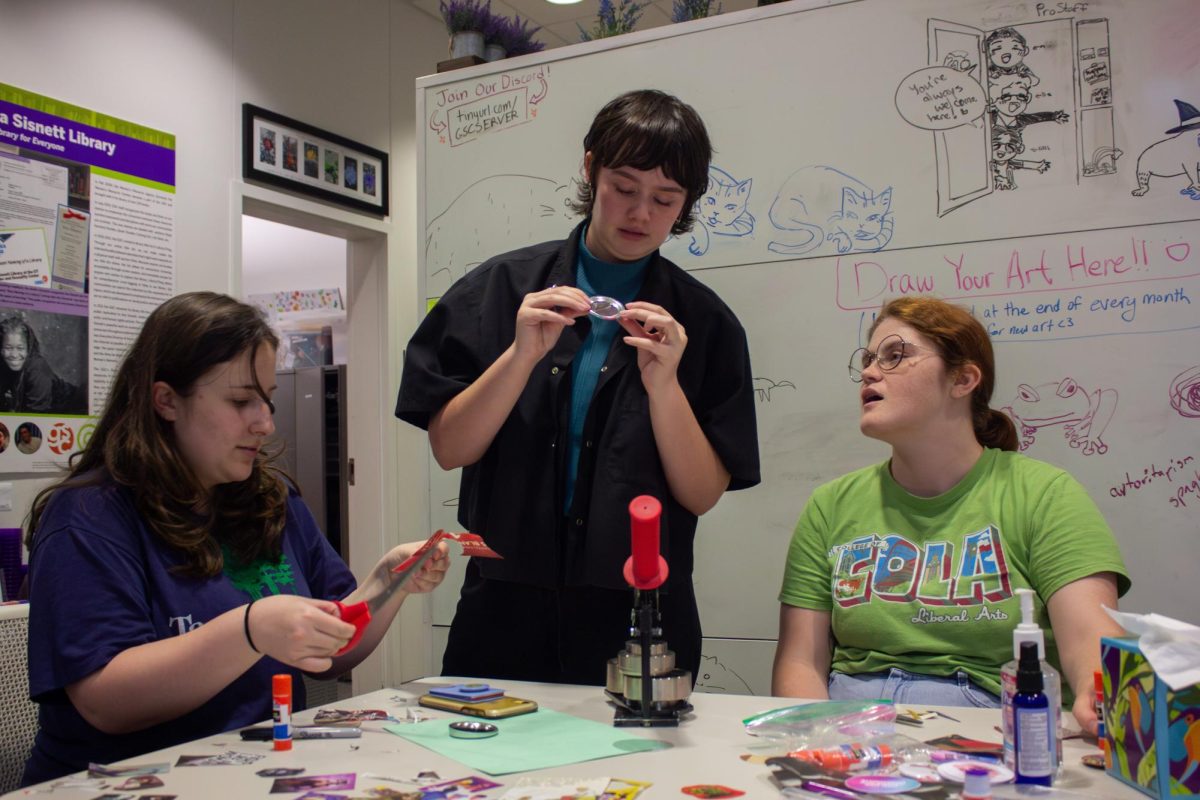A steel drum orchestra relies on each musician’s ability to hit their notes, stay on tempo and put in the effort to create a spectacular experience for audiences. A small school in Austin today is carrying out that same mission to teach young students the art of steel band music and how to work together.
Steel band emerged during World War II as islanders off the coast of Venezuela pulled 55-gallon oil tankers off of U.S. naval ships and forged them into the iconic steel drums known today for their tropical sound. In the few decades it’s been around, steel band music has evolved from its Afro-Caribbean origins to fit many different genres.
In 2003, Paula Beaird started the Austin Community Steelband school in East Austin as a way to expose youths from disadvantaged socioeconomic backgrounds to a musical world. The program, however, didn’t really find its rhythm until 2007 when other instructors came aboard from Trinidad and Tobago. The teaching staff at the time included musical directors Yohan Popwell and Leon Edwards as well as Natasha Joseph and Carl Caton.
Beaird, who is the executive director, said her goal is to spark the imagination in young people the same way she was captivated by steel band over thirty years ago.
“Once you expose them, everyone wants to try it,” Beaird said. “Some may not have the attention or the drive, but the ones who stick with it stay with us for a long, long time.”
Beaird was drawn to the sound of steel drums after listening to them for the first time on a blues album by Taj Mahal. Austin Steelband tries to engage students in a similar way by having them practice with songs they like to listen to.
“(The kids) start with learning Twinkle, Twinkle Little Star, because everyone knows that,” Beaird said. “Then we ask them what they want to play, and so they tell us. They’re learning Star Wars and the Batman theme right now.”
In 2008, Cecil Francis was brought on to teach at Austin Steelband and is now the musical director. Francis grew up in Trinidad and said he saw how steel pan music was used as a form of protest during the hard times of poverty and unemployment. Francis’ personal mission, however, has always been to educate younger generations.
“Confucius, the philosopher, he said it is always good what one learns for oneself to pass onto another, so that’s my motivation,” Francis said.
The students attending the after-school program all come from diverse backgrounds.
One of the students, Nina Smith, joined the Steelband program because of her parents, who are also from Trinidad, wanted to stay connected to their culture. Smith said Francis teaches the class about teamwork and how the music is their responsibility.
“We have to practice a lot, and we have to treat it like we’re doing homework,” Smith said. “We even memorize at home.”
Since steel band arose from an oral tradition, no sheet music is used. Francis teaches the children discipline and focus, skills that will be vital to their success.
Just as the islanders of Trinidad fought in musical contests in hopes of escaping poverty, Francis hopes that the low-income children that come to Austin Steelband continue to strive for a better future.
“When I talk about my students, sometimes tears come to my eyes,” Francis said. “Because I know if they set their mind to this they would be awesome.”





















